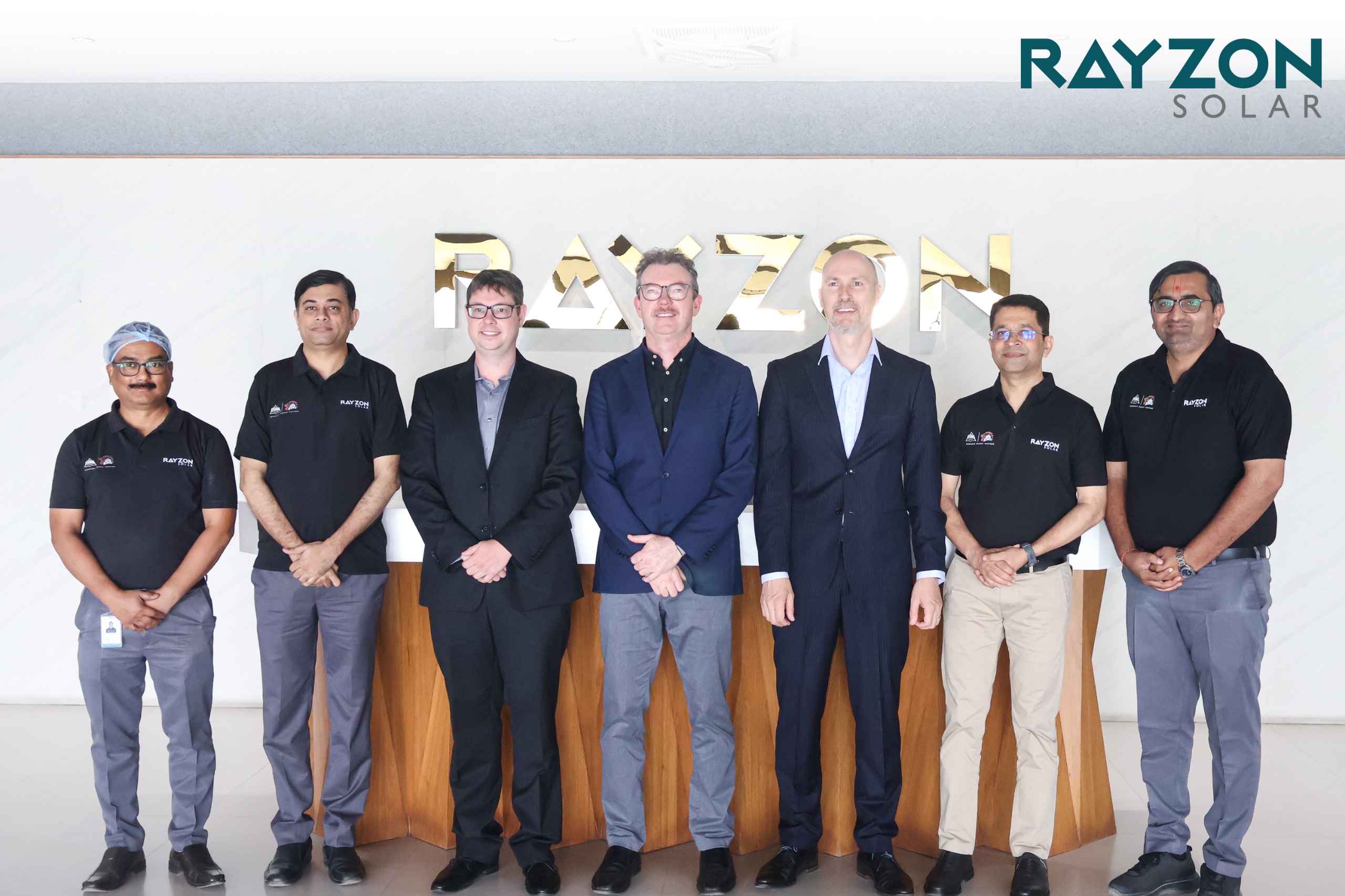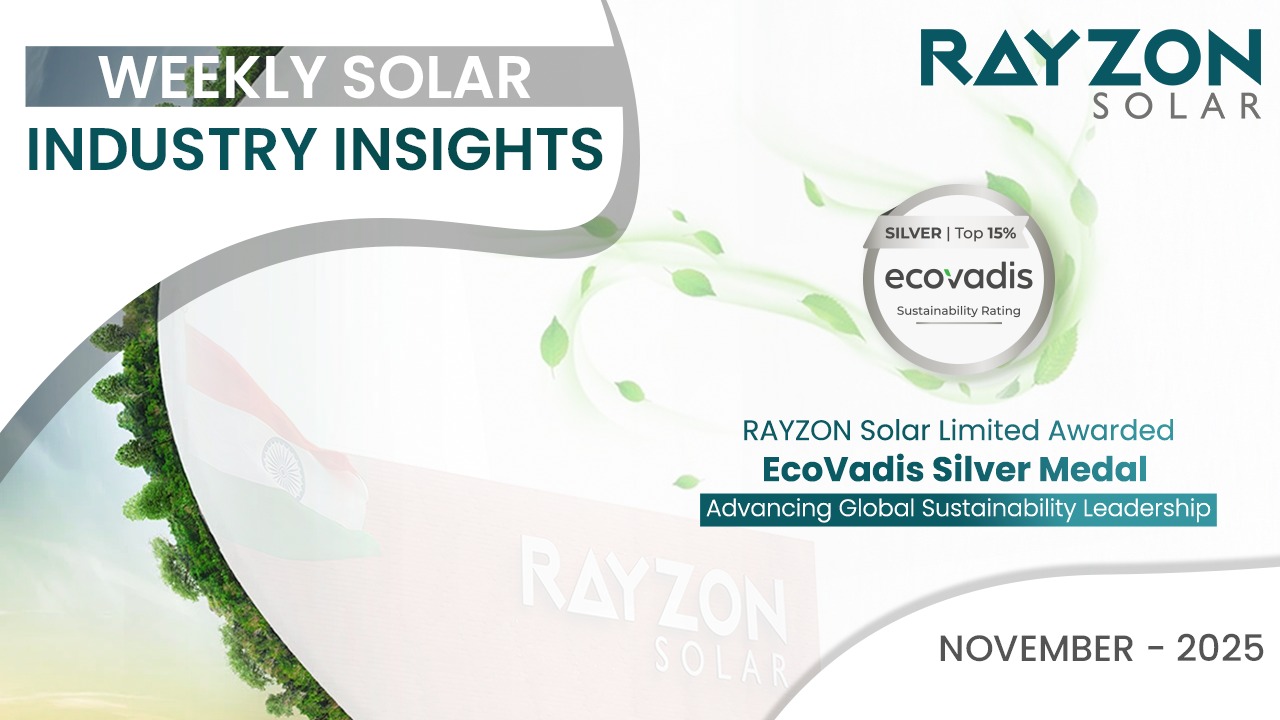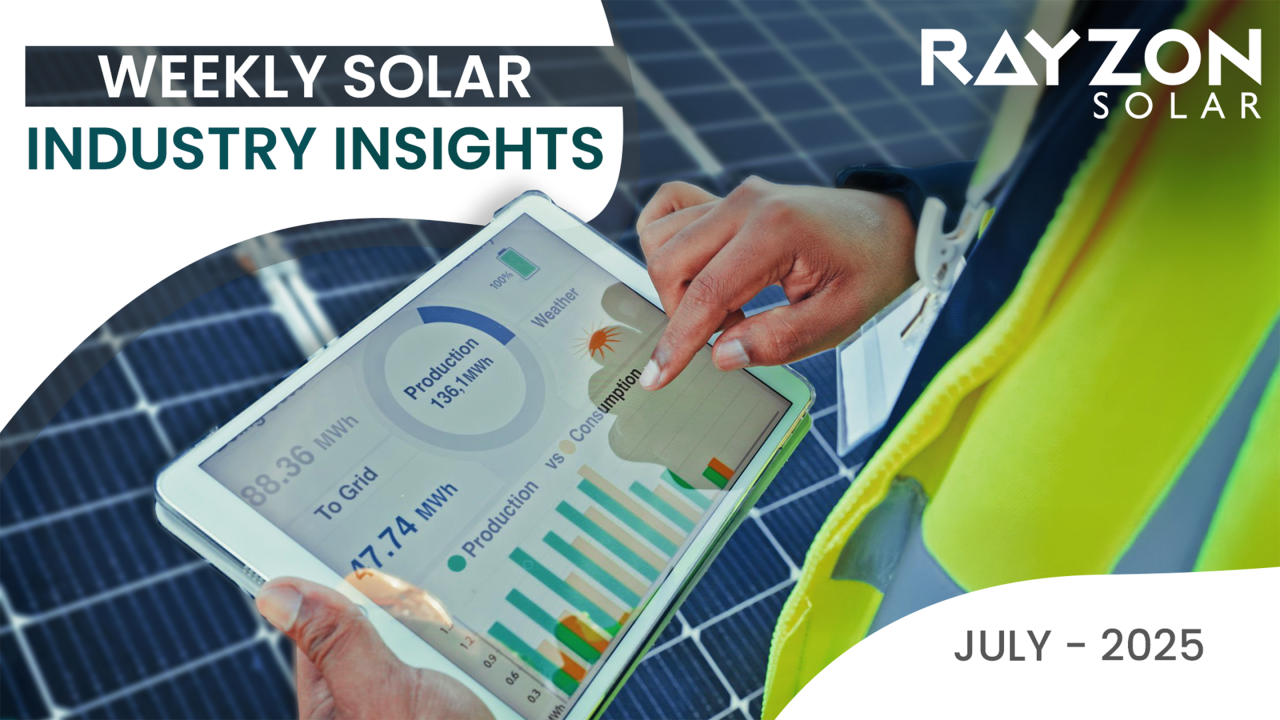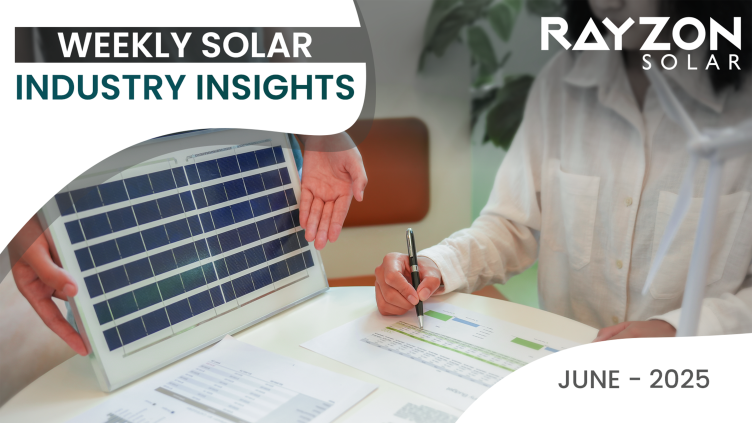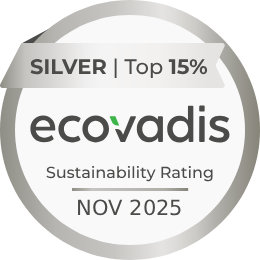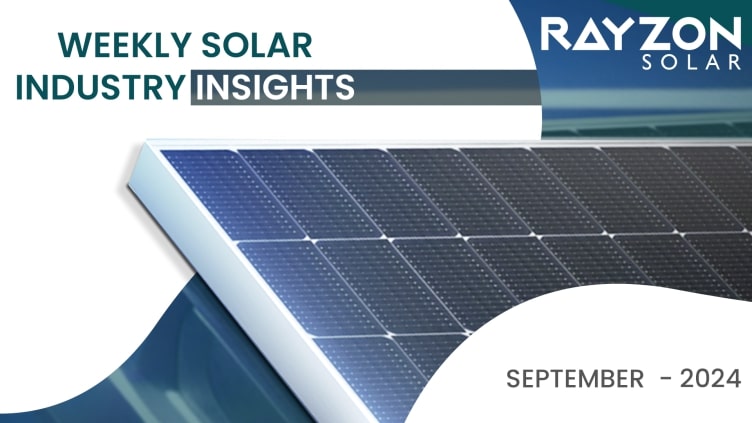
Weekly Solar Industry Insights: September 9th to September 15th, 2024
US Solar Industry Predictions:
There has been a significant increase in the early-stage pipeline of utility-scale solar projects, growing by over 40% since late 2022. However, the pipeline of contracted projects has seen a decrease due to uncertainty around the final rules for various incentives. It is expected that both utility-scale and distributed solar segments will benefit from additional tax credits, such as those for energy communities and low-income communities. Additionally, US manufacturing capacity is projected to reach 40GW by the end of the year.
Chinese Solar Module Prices Decline Despite Upstream Price Increases
Chinese solar module prices have fallen despite rising costs in upstream segments. As of September 13, 2024, the OPIS benchmark for TOPCon modules in China was $0.093/W FOB, down from $0.095/W, reflecting reduced market sentiment and competition. The price for Mono PERC modules has stabilized at $0.09/W FOB. Despite price hikes in polysilicon and wafers, overcapacity in the cell and module markets is exerting downward pressure on prices. In Europe, TOPCon module prices held steady at €0.107/W, while U.S. prices for DDP TOPCon modules remained at $0.290/W. Policy changes in Europe and delays in U.S. tariff determinations add to market uncertainty, though most solar imports are now sourced from countries other than China.
Global Manufacturing Capacity
China continues to dominate module manufacturing with a capacity that far exceeds global demand. Global module manufacturing utilization rates have declined, leading to an oversupply that has driven prices to record lows. This expansion poses a challenge to countries like the US and India that aim to develop vertically integrated domestic solar supply chains. Some planned facilities may not come to fruition, and existing ones could struggle due to declining utilization rates.
Wafer Manufacturers Struggle with Price Reversals Amidst Market Oversupply
Wafer manufacturers in the PV industry are grappling with challenges in reversing price trends due to market oversupply. Prices for N-type M10 and G12 wafers stabilized after a brief increase, with leading manufacturers achieving slight price hikes, while Tier-2 producers struggled. A significant Tier-1 wafer manufacturer reduced its production rate to balance supply and demand, while another manufacturer leveraged an integrated production model to potentially maintain price increases. However, the sustainability of these price hikes remains uncertain due to excess capacity and high inventory levels in the market.
India Proposes ALMM Mandate for Solar Cells Starting April 2026
India’s Ministry of New and Renewable Energy (MNRE) has proposed extending the Approved List of Models and Manufacturers (ALMM) to solar cells by April 2026. This move aims to bolster domestic manufacturing and reduce dependence on Chinese imports. The ALMM policy, which already applies to solar modules, will now require government-backed projects to source both modules and cells from the approved list. With India’s solar manufacturing capacity expected to surpass 75 GW by 2026, this policy serves as a non-tariff barrier to ensure domestic manufacturers capture a larger market share, reflecting India’s strategic push towards self-reliance in solar technology.
Expanding Solar Pump Market in India
India’s solar pump market is poised for significant growth, driven by government initiatives and increasing farmer adoption. With over 30 million diesel and grid-connected pumps in use, the government’s target to install 1.4 million solar pumps by 2026, along with state-level schemes, is propelling demand. Key drivers include improved farmer livelihoods and government subsidies, though challenges like high initial costs and technology unfamiliarity persist. Technological advancements such as IoT and AI are enhancing efficiency and reducing costs.
Information Source: PV Magazine
